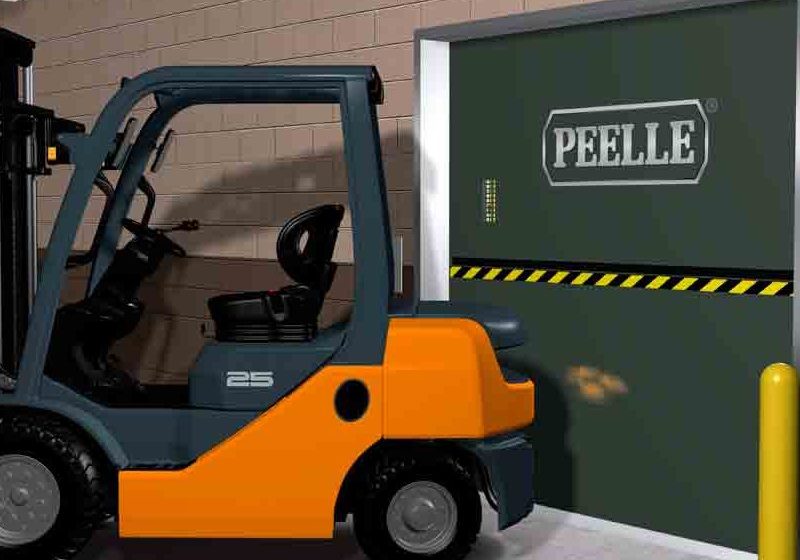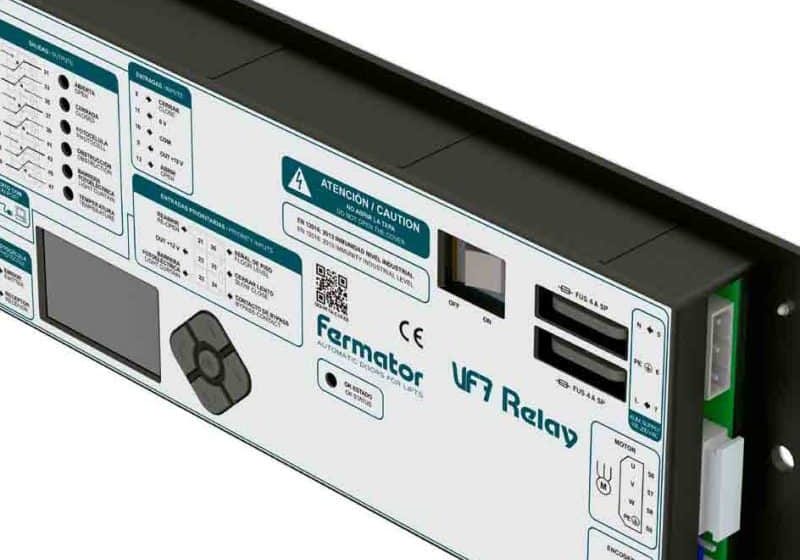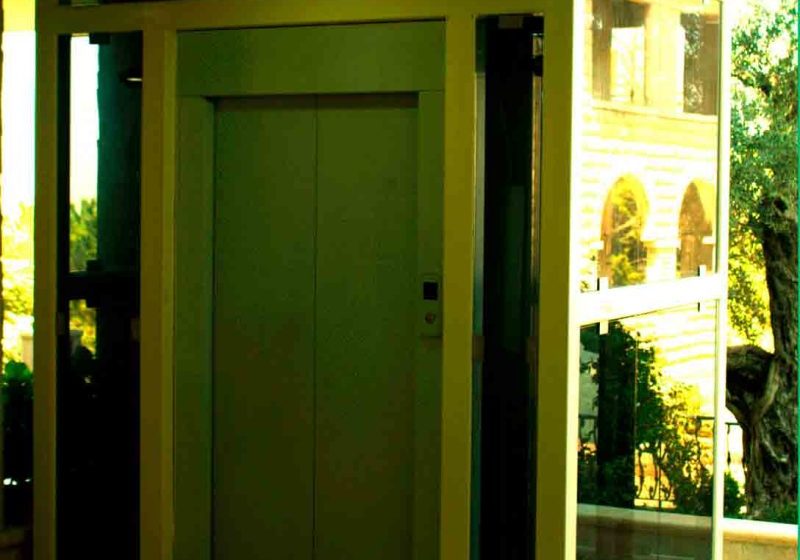Alberta Elevator Industry Seminar
Apr 1, 2018

Following a successful first event last year, the Alberta Elevating Devices & Amusement Rides Safety Association (AEDARSA) sponsored the Alberta Elevator Industry Seminar (AEIS) in Red Deer, Alberta, on January 24-25. The seminar was conceived and executed by Gord Pattison, AEDARSA CEO; Dean McKernon, manager, Safety Services; and Al Griffin, advisor and former manager, with support from Alberta Municipal Affairs Administrator Dean Bruce.
“Education is key to success in safety of elevating devices,” Griffin stated. Taking education to a new level, AEDARSA, Alberta’s Delegated Administrative Organization (DAO), is providing education to mechanics, supervisors, consultants and inspectors, and selecting curricula to ensure maximum education for the accredited hour. AEIS is the first program in which the AHJ, through AEDARSA, provides technical educational programs that benefit Alberta elevating-device owners. AEDARSA, as the DAO, administers the programs of the AHJ, which, in Alberta’s case, is the Municipal Affairs division of the province’s government.
The diversity of participants was evident in the 100 attendees. This promoted constant communication on all levels, with good-natured questions and serious resolutions delivered. “Our aim is to improve elevator safety in Alberta,” McKernon said. “After the success of last year, now repeating this year, we are already planning for next year.”
Recognizing where technical and administrative education can be supplemented is the goal of AEIS. “We see a value, and the turnout shows there is a desire for quality education,” Pattison said.
This year’s topics included “Freight Doors,” presented by Steve Reynolds of The Peelle Co., who lightened the heavy topic with alacrity. “Escalator Handrails” by Patrick Bothwell of EHC Global detailed code considerations and product changes. Bothwell answered several questions, leaving everyone with a warning: never wax handrails.
Alberta’s AHJ is providing mandatory education to mechanics, supervisors, consultants and inspectors, and selecting curricula to ensure maximum education for the accredited hour.
Griffin explained how governor pull-through/pull-out and safety activation forces relate to one another, and which tools to use when measuring them. Seasoned industry veterans and friends of Griffin jokingly asked if his “dynamometer was in his checked baggage on the Ark.” For the record, your author could see its museum patina from his seat.
“Step Skirt Performance Index Testing” was presented by John Lee, PE, of J. Lee Engineering & Design Ltd., who emphasized his experience performing step skirt performance index tests and illustrated the process with physics his “kids could understand,” to great effect.
Kevin Heling of Wurtec gave the presentation, “Alternative Testing Tools and Code Compliance,” which took physics to the next level and detailed the principles of Henning tools.
Your author presented “Electrical Safety,” detailing code changes through the years of electrical protections regarding single failure, from carbon contactors to the International Electrotechnical Commission’s 61508 Safety Integrity Level designs.
Jim Runyan, now with the State of Washington, Department of Labor and Industries, Elevator Section, served as moderator, reminding all that safety cannot be assumed.
Provincial education was also provided. Topics included maintenance control program implementation (with on-the-spot feedback); reported issues; and questions from the floor, which, in most cases, were thoroughly answered. A review of the province’s safety inspection data, in terms of prioritized violations, was presented by Dean McKernon to illustrate the issues and contemplate a path toward resolving them. Dean Bruce explained strategies, including automatic code adoption, as options. Rope inspections, accepted tools to use, AHJ expectations and documentation of results were also covered.
AEDARSA maintains a database of STANDATA — information bulletins developed jointly by Alberta Municipal Affairs and the Safety Codes Council containing interpretations, clarifications, recommended practices or province-wide variances on Codes and Standards matters related to the Safety Codes Act — that includes the bulletins of AHJs — essentially, explanations of the association’s code enforcement addressing questions and additional requirements.
Transparency was the theme of AEIS. When all stakeholders have access to all the data they need to perform their functions, with feedback systems to report back issues and comments, the results are increased efficiency and safer elevating devices.
AEDARSA is using web- and technology-based solutions to full advantage. Judging from comments made at the seminar, it is clear acceptance is almost universal. Industry players, working toward the common goal of making devices as safe as possible, are now using AEIS as another educational tool. AEIS is working by all measures. Communication among inspectors, management, mechanics and consultants was constant and lively — perhaps a Canadian trait — but certainly a benefit to elevating device owners in Alberta.
Get more of Elevator World. Sign up for our free e-newsletter.








